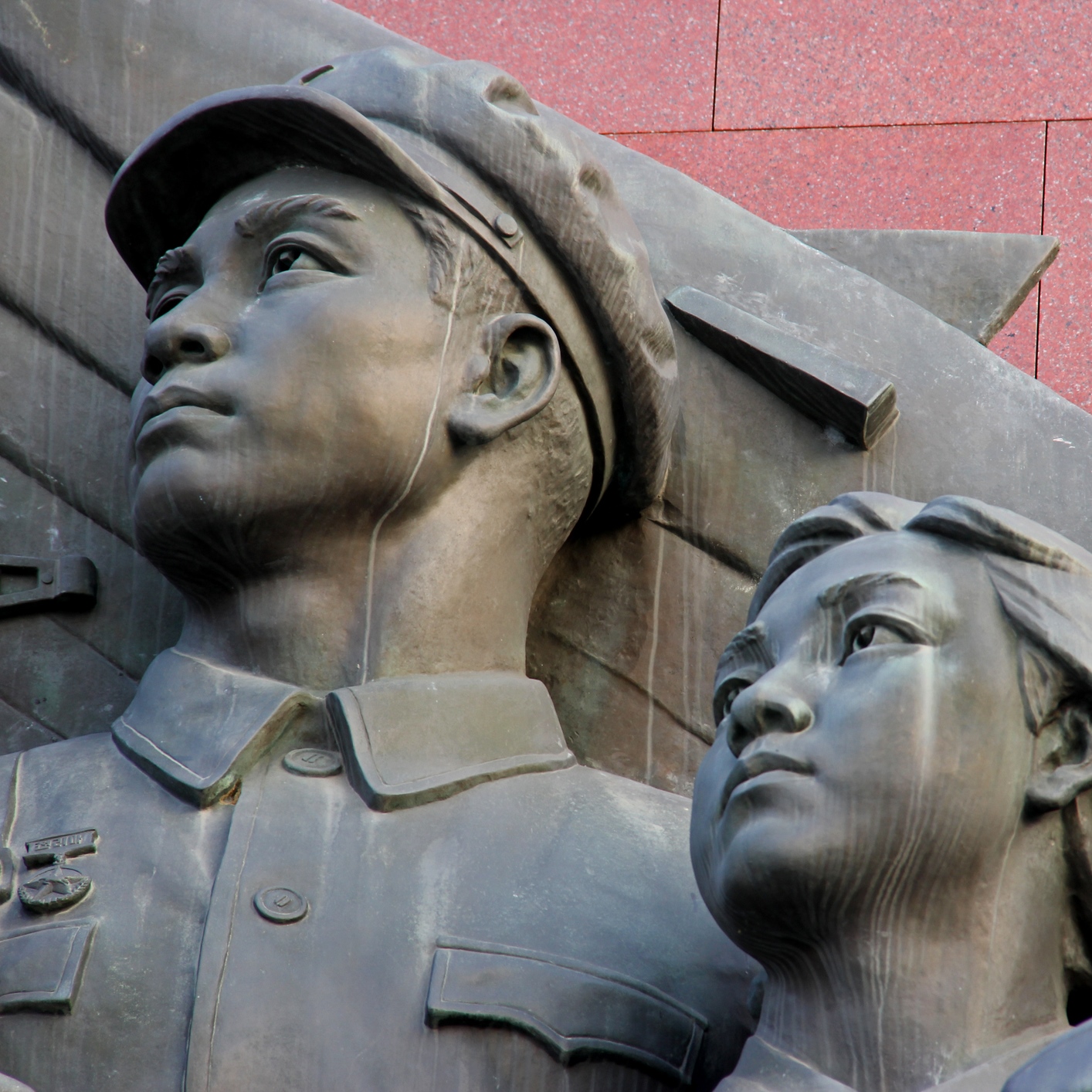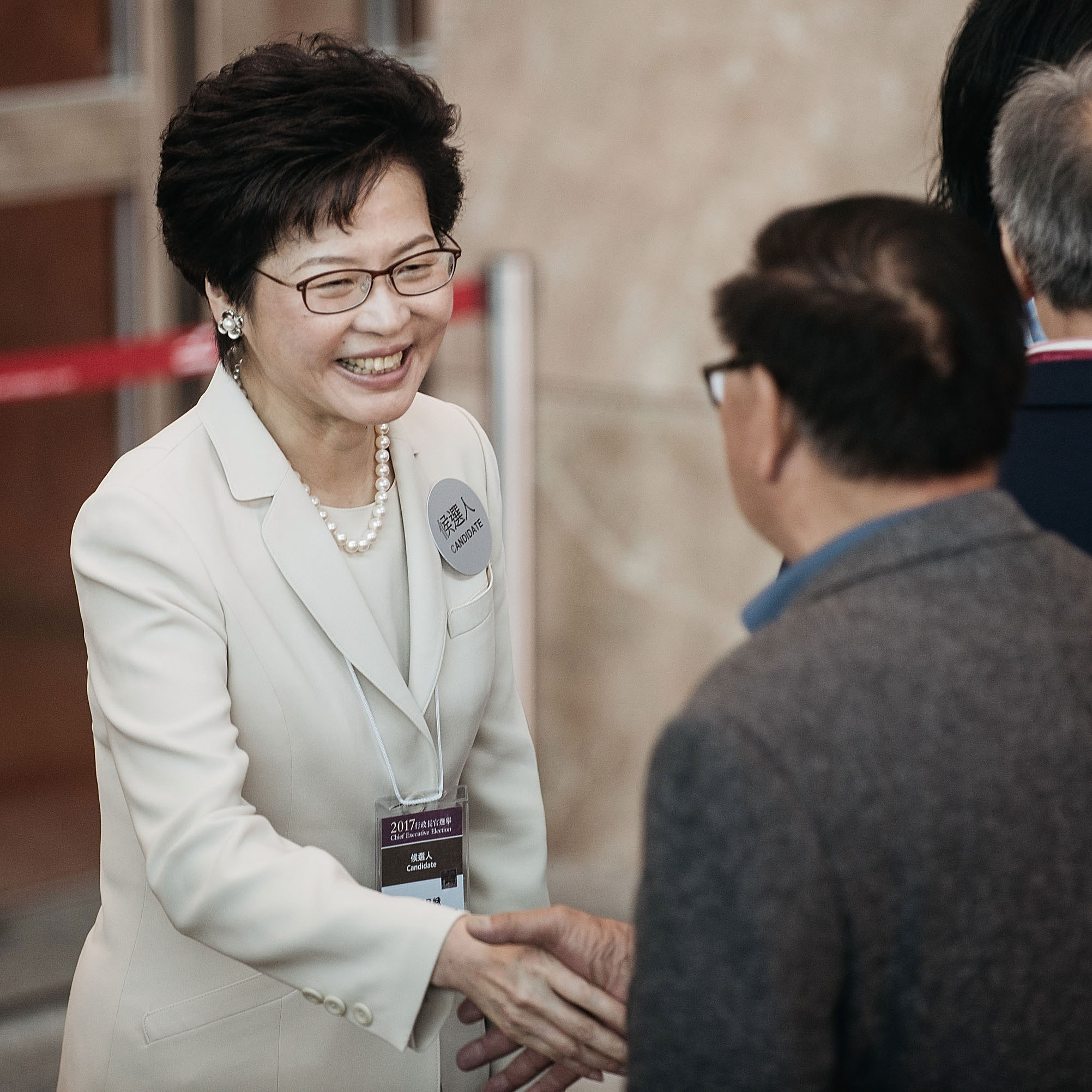
The on-again, off-again summit meeting between the U.S. president and the president of North Korea may be on again. The central issue, from the U.S. point of view, is the denuclearization of the Democratic People’s Republic of Korea (DPRK), which President Trump has maintained must begin now and end with the destruction of any nuclear capability in the North.
The DPRK is not likely to accede to the U.S. president’s demands. The country has worked for more than half a century at enormous expense to develop a nuclear force, and the hope that it will just toss all that away is highly unlikely.
In an interview with NBC, Victor Cha of the Center for Strategic and International Studies summarized the DPRK’s goal this way:
They want a peace treaty because it validates them as a nuclear weapon state. It ensures that Trump won’t attack because [North Koreans] were worried about an attack last year.
And most importantly, it means money. Not because the United States is going to give money to North Korea, but we are the primary obstacle in places like the World Bank and the Asian Development Bank, the IMF, where the North Koreans want money.
Former DPRK deputy ambassador to Britain Thae Yong Ho, who defected in 2016, concurs. In the end, he claims, North Korea will remain “a nuclear power packaged as a non-nuclear state.”
While nuclear weapons get most of the attention (deservedly), it is worth noting that North Korea’s military is massive in many dimensions.
According to a recent report from the U.S. Council on Foreign Relations, the DPRK had the fourth-largest military in the world, with more than 1.1 million personnel in the country’s armed forces. Others have noted that 6.3 million North Koreans serve in the country’s reserve forces. Every North Korean male serves 10 years of military service beginning at the age of 17. Women are conscripted selectively.
According to a 2015 U.S. Department of Defense report and a 2016 South Korean Ministry of National Defense report, the North Korean military has more than 1,300 aircraft, nearly 300 helicopters, 430 combatant vessels, 250 amphibious vessels, 70 submarines, 4,300 tanks, 2,500 armored vehicles and 5,500 multiple-rocket launchers. Experts also estimate that North Korea has upward of one thousand missiles of varying ranges.
The DPRK’s cyber warfare capabilities also pose a significant threat. Before and after last month’s historic meeting between Kim Jong-un and South Korean President Moon Jae-in, the South’s financial system came under heavy attack from hackers that many experts believe originated in the North.
North Korea also has been identified as the source of last year’s WannaCry ransomware attack and a 2014 hack at Sony Pictures.
According to a recent report in The Wall Street Journal, “North Korea’s cyberwarriors have evolved into one of the world’s most sophisticated and dangerous hacking units, boosted by improving coding skills and swift mobilization … .”
The Council on Foreign Relations cites “mounting evidence” that North Korea was involved in the February 2016 theft of $81 million from the Bangladeshi central bank account at the New York Federal Reserve bank.
A report earlier this month from Public Radio International’s Patrick Winn claims that the DPRK’s Reconnaissance General Bureau — the country’s equivalent of the U.S. Central Intelligence Agency — has hacked more than 100 banks and cryptocurrency exchanges and stolen more than $650 million, and likely more.
Sanctions imposed on North Korea by the United States, China and others have isolated the DPRK and made it nearly impossible for the country to do business anywhere in the world. Robbing banks is about all that’s left.
Economically, North Korea is one of the poorest countries in the world. Its population of about 25 million lives in extreme poverty, with annual estimated 2015 per capita income of $1,700, according to the CIA World Factbook.
Because the DPRK’s economy is highly dependent on trade with China, about 86% of the country’s roughly $3 billion in 2016 exports were sent to China, and 90% of its $3.75 billion in imports come from China.
According to the CIA Factbook, North Korea is a source country for men, women and children who are subjected to forced labor and sex trafficking. Workers are not free to change jobs and “tens of thousands” of North Koreans, including children, are held in prison camps and subjected to forced, heavy labor.
In addition, the country sends tens of thousands of its citizens to both Russia and China, where they work under near-slavery conditions and have most of their earnings confiscated by the DPRK, according to a report in The New York Times.
Nearly two-thirds (63%) of the DPRK’s total labor force of 14 million works in the industry and services sectors. The remaining 37% work in agriculture. The CIA Factbook notes that unemployment ran to 25.6% in 2013, about equal to the unemployment rate in Greece.
The country’s capital city is Pyongyang, and the executive branch of the DPRK’s government is headed by Kim Jong-un, the grandson of Kim Il Sung and the son of Kim Jong-il, who together had ruled the country since its founding in 1948. The former has been designated the Eternal President and the latter the Eternal General Secretary. The current Premier is Pak Pong Ju, and there are eight vice premiers.
The unicameral legislature, the Supreme People’s Assembly, is elected by citizens 17 years of age and older and serve for five-year terms. The Korean Worker’s Party selects all candidates.
The DPRK’s judicial system consists of a Supreme Court comprised of a chief justice and two “people’s assessors.” The judges are elected to five-year terms by the Supreme People’s Assembly. The system includes provincial, municipal, military, special courts and people’s courts.
The country’s literacy rate is 100%, and both males and females attend school for 12 years.
The life expectancy in the country is estimated at 70.7 years, comprised of an average of 66.9 years for men and 74.8 years for women. Nearly half (44.3%) of the population falls in the 25-to-54 age category, and less than 10% of the population is over 65 years old.
Cash Back Credit Cards Have Never Been This Good
Credit card companies are at war, handing out free rewards and benefits to win the best customers. A good cash back card can be worth thousands of dollars a year in free money, not to mention other perks like travel, insurance, and access to fancy lounges. See our top picks for the best credit cards today. You won’t want to miss some of these offers.
Flywheel Publishing has partnered with CardRatings for our coverage of credit card products. Flywheel Publishing and CardRatings may receive a commission from card issuers.
Thank you for reading! Have some feedback for us?
Contact the 24/7 Wall St. editorial team.
 24/7 Wall St.
24/7 Wall St.

